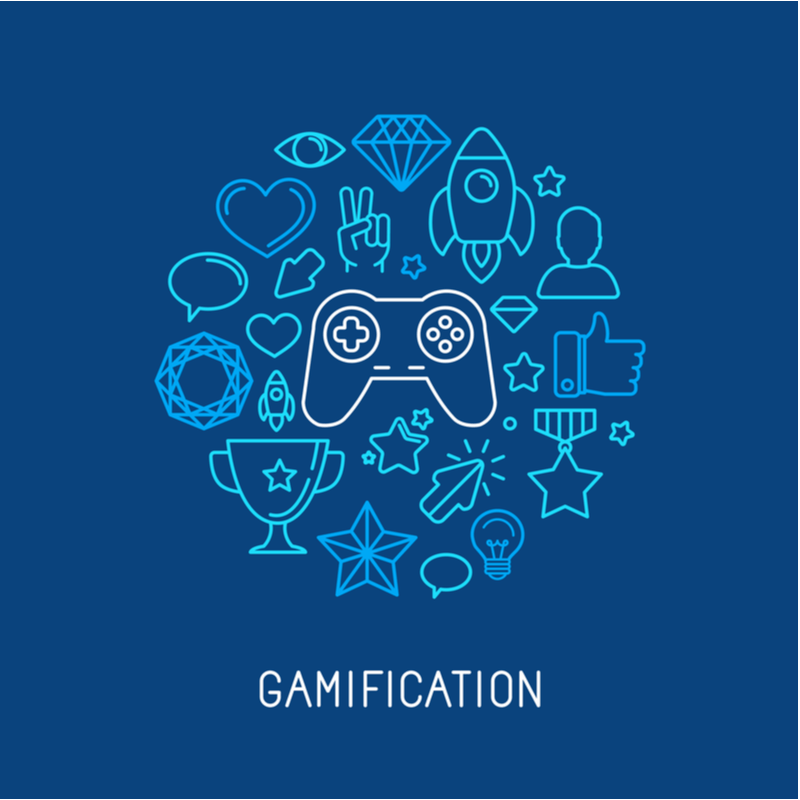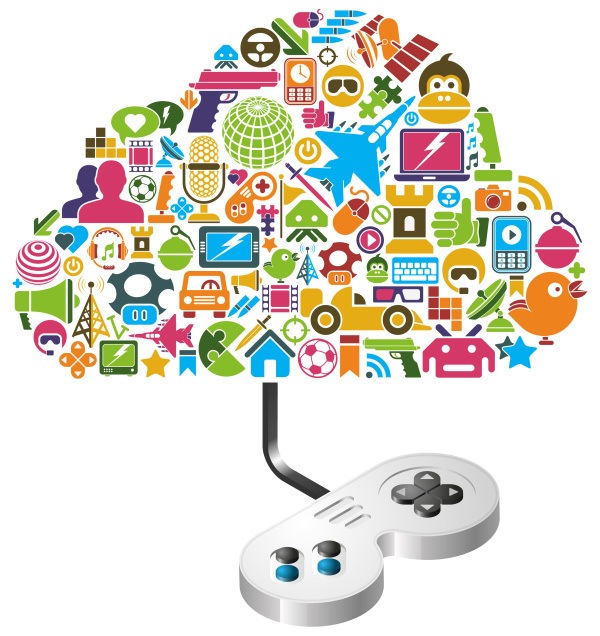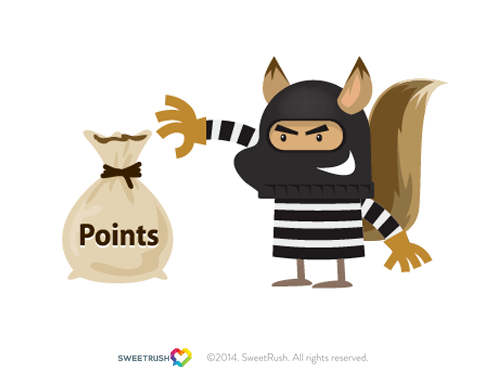Memorable Lessons From Memorable Games
When gamification was still a hot and trending term, many glorified it as the holy grail of corporate reformation. After all, who wouldn’t want to increase motivation, improve performance, and have fun playing games at the same time? Plans were made, experts were hired, and ambitious projects launched by the hundreds. All were hopeful that this powerful new tool would lead them to the promised land. However, shortly after the peak of the gamification fever, tragedy reared its ugly head.

For the majority of the brave explorers of this new concept, their projects failed and they failed hard. Results didn’t even begin to justify the expenses. With ongoing costs like maintenance and compliance training, the pressure to pull the plug was intense. Gamification was pronounced dead en masse, another fad that is more trouble than worth.
But that’s not the case for everyone. Some people had massive success with gamification and still do. How can this be, though? How can one company lose millions and another make millions by following the exact same trend?
Proven Concept
It’s not a question about whether gamification works or not, it’s a question about how gamification actually works. Gamification has proven itself time and time again. Many people don’t realize this, but the video game industry in 2019 amassed more than $152 billion. Consistently, for the past ten years, it has accumulated more revenue than the movie industry and the music industry combined. Of course, gamification and games are very different things. Still, the core is the same in both cases: a model that balances content, rewards, and challenges according to the principles of good design and motivational theory.
There are many misconceptions concerning games and gamification. These errors destroy the chances of a gamification scheme before it even begins. To name 3:
- Games are all about fun
- Gaming is not a serious activity
- The only thing you need for gamification is imagination and a positive attitude
The harm these 3 ideas have done so far is of enormous proportions. Hopefully, this article will help others avoid them and guide them toward better practices.
Flap, Flap, Flap, Death
Flappy Bird was considered by many one of the most addictive video games of the past decade. Its creator, Dong Nguyen, removed it from all mobile devices. He was having tremendous guilt over how addictive his game turned out to be. Flappy Bird became a mania, with millions of very angry users playing it daily.
An app created by one man in his spare time ended up earning millions in revenue monthly. The digital assets used in Flappy Bird were low-quality; the experience, however, made use of the motivational theory in a truly revolutionary way. The excruciating difficulty paired with efficient design. The user who had just experienced a failure could retry instantly. Accordingly, the intuitive controls, clear objective, and functional simplicity in design made the experience as unobstructed as possible. The scoring system would clearly reflect even the slightest improvement in players’ skills. The unusual nature of the game was an excellent source for content for vloggers and influencers, and its rise to fame only added to the already addictive mixture.
Here’s the often missed detail, though; nothing about Flappy Bird was "fun." Irritating as it was, it caused tantrums all over the globe. The ending, for the few among us that were patient enough to master the game, offered no relief, no katharsis whatsoever—Flappy Bird, should it reach the end of the game, was unavoidably defeated by everyone’s favorite Italian plumber in a single jump.
"Fun" has nothing to do with how engaging a game is, or how successful your gamification scheme is going to be. It may be fun in the same way that a top-selling game might have a fun vibe, but equating the two is an oversimplification error often done by none-gamers. The object of gamification is to create a framework that reinforces or discourages certain patterns, and to that end, any emotion can be used.
Analyze, Design, Develop, Kill The Dragon
World of Warcraft is arguably a legendary title in the history of online games. The idea that one could spend their afternoons in a team with up to 40 people from different parts of the planet—in a "raid," a large group of players facing a very difficult challenge—fighting a dragon the size of a castle thrilled and entertained millions of people all over the world. Naturally, the team of would-be dragon slayers was required to have perfect coordination, skills, patience, focus, deep understanding of the challenge, and organizational integrity.
If these traits sound familiar, it’s because they are. The similarities between the way a raid functions in any MMO game bears a striking resemblance to the way corporate teams work to achieve their team goals in any corporate environment. In many cases, the passion and seriousness with which players pursue their goals in an online game far outshine the dedication they show for their job. This shows that a properly gamified experience can motivate anyone to develop skills and practices vital to a professional environment.
Successful games invite players to invest emotionally in them. They do everything in their power to build the appropriate framework in which items, badges, and achievements mean something to them. Game design, and by extent gamification, is all about that meaning, and a testament to that is the thousands of games that tried to clone World Of Warcraft’s design without understanding the deep level of emotional engagement required. They failed miserably, leading the companies that designed them to poverty.
Don’t Let A Noob Lead The Raid
The players who excel in a game are known as "pros," while their exact opposites are called "noobs." Obviously, you wouldn’t put a noob in charge of a raid, unless you want your entire team to become dragon food. Likewise, the more experienced players help and the newer ones become better through a process that is practically identical to what we call informal training. The raid leaders have great skills, knowledge of the task at hand, and the ability to solve problems.
When you begin your gamification scheme, you too will set out to slay a dragon. Much like the game, your raid leaders should be people who understand why and how your gamification project will work and explain it to their peers. They should also understand their peers and what makes them tick, and see how your initiative will help them. They will be the ones who will make or break the aforementioned emotional connection, so choose them wisely.
Is Your Princess In Another Castle?
While there are millions of ways to get gamification wrong, there is not only one single way that will always get it right. It all depends on what you want to get out of it. Maybe gamification can solve all your problems, or perhaps it just isn’t for you. It’s a holistic approach that takes into account your entire culture, and therefore it’s essential to be clear on your goals and method of achieving them.
References:
- Video Games Are Bigger Than Holywood (I.Mitic, Fortunly)
- The Rise And Fall Of Flappy Bird (Ryan Singel, Wired)









